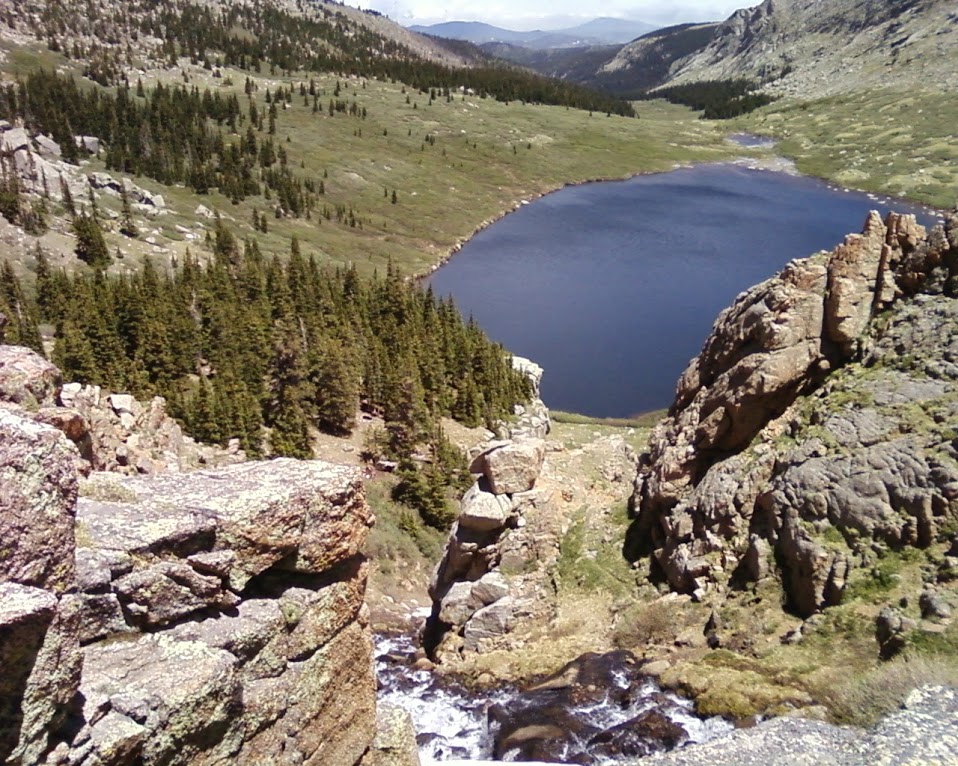 On March 25, the U.S. Environmental Protection Agency (EPA) and U.S. Army Corps of Engineers jointly released a proposed rule clarifying protections for streams and wetlands under the Clean Water Act. Also known as the Waters of the United States rulemaking, the proposed definitions of waters will apply to all Clean Water Act programs.
On March 25, the U.S. Environmental Protection Agency (EPA) and U.S. Army Corps of Engineers jointly released a proposed rule clarifying protections for streams and wetlands under the Clean Water Act. Also known as the Waters of the United States rulemaking, the proposed definitions of waters will apply to all Clean Water Act programs.
According to EPA, the rule is not designed to protect any new water types not historically covered under the Clean Water Act, and it is consistent with the Supreme Court’s more narrow reading of Clean Water Act jurisdiction. “We are clarifying protection for the upstream waters that are absolutely vital to downstream communities,” said EPA Administrator Gina McCarthy.
The proposed rule is based on a draft scientific assessment by EPA, which has been peer-reviewed by a Scientific Advisory Board. The final report has yet to be released. However, the rule intends to clarify that under the Clean Water Act:
- Most seasonal and rain dependent streams are protected;
- Wetlands near rivers and streams are protected;
- Other types of waters that may have more uncertain connections with downstream water and protection will be evaluated on a case-by-case basis depending on whether the connection is significant (“significant nexus” connection).
Previously released guidance and now the formal rulemaking are released after two Supreme Court rulings created confusion on the topic, especially in determining the definition of a “significant nexus.” See past articles on the Waters of the U.S.
According to EPA, the proposed rule preserves the Clean Water Act exemptions and exclusions for agriculture. Additionally, EPA and the Army Corps have coordinated with the U.S. Department of Agriculture to develop an interpretive rule designed to ensure that 53 specific conservation practices protecting or improving water quality will not be subject to Section 404 dredged or fill permitting requirements. Finally, the proposed rule will be open for public comment for 90 days from publication in the Federal Register. The interpretive rule for agricultural activities is effective immediately. In a previous comment letter on this topic, the Water Environment Federation expressed support for the continued exemption for stormwater and drainage infrastructure. Read more.




